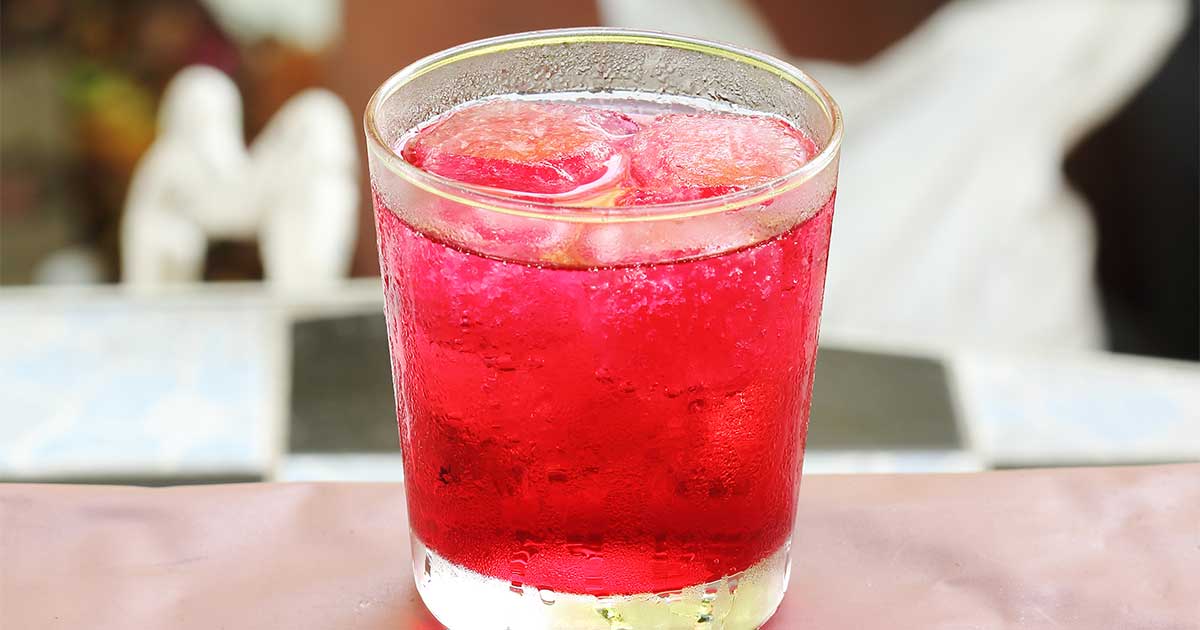
In recent years, Hawaiian Punch, once a staple in many households, has been scrutinized due to its ingredient profile. This scrutiny is part of a larger health-conscious movement, where consumers are increasingly vigilant about what they consume. Here, we delve deeper into why Hawaiian Punch has become a symbol of health concerns in the beverage industry.
High Fructose Corn Syrup (HFCS): A Central Issue
A primary ingredient in Hawaiian Punch, HFCS, has been the subject of much debate. While making the beverage palatable, this sweetener has been linked to several health issues. Studies have shown that HFCS can contribute to obesity, diabetes, and heart disease. Its rapid absorption rate into the bloodstream differs significantly from that of natural sugars, leading to potential risks such as insulin resistance and increased fat storage.[1]
Artificial Colors: A Spectrum of Concerns
Hawaiian Punch’s vibrant colors, derived from additives like Red 40 and Blue 1, are visually appealing but raise health concerns. These artificial colors, though FDA-approved, have been connected to behavioral issues in children, including hyperactivity. These dyes are banned in Europe, highlighting the discrepancy in food safety regulations between regions.[2-3]
Chemical Preservatives and Flavors: Hidden Dangers
Beyond colors and sweeteners, Hawaiian Punch contains preservatives such as potassium sorbate and sodium hexametaphosphate. These chemicals, while extending shelf life, have potential health implications. For instance, they can encourage the growth of harmful bacteria in the gut. Artificial flavors, albeit enhancing the taste, contribute no nutritional benefits and pose questions about the long-term effects of synthetic additives in our diet.[4]
The Broader Health Implications
Regular consumption of Hawaiian Punch can lead to several health issues:
- Weight Gain and Metabolic Disorders: Hawaiian Punch can contribute to weight gain and related metabolic disorders due to its high HFCS content and low nutritional value. These sugary drinks provide high calories without the satiating effect of solid foods, encouraging overconsumption.[5]
- Impact on Children’s Health: The high sugar content and artificial additives in Hawaiian Punch are particularly concerning for children. These ingredients can contribute to dental decay and may harm behavioral and cognitive development.[2,6-7]
- Chronic Health Conditions: Long-term consumption of highly processed beverages like Hawaiian Punch is associated with chronic health conditions, including type 2 diabetes and heart disease. These drinks’ lack of essential nutrients further exacerbates these risks.[1,3,5]
Seeking Healthier Alternatives
In light of these concerns, there is a growing trend towards healthier beverage choices:
- Natural Fruit Juices: These are free from added sugars and artificial flavors, offering a nutritious alternative with vitamins and antioxidants.
- Infused Waters: Flavored with natural ingredients, infused waters provide hydration without added sugars or artificial ingredients.
- Herbal Teas: These offer a variety of flavors and health benefits, including improved digestion and antioxidant properties, without additional calories.
- Homemade Smoothies: Made with whole fruits, vegetables, and natural sweeteners like honey, smoothies are nutritious and customizable to individual preferences, providing essential nutrients and fiber.
Conclusion: A Shift in Beverage Preferences
The decline in popularity of Hawaiian Punch is emblematic of a larger shift towards health-conscious consumption. It highlights the importance of understanding the ingredients in our food and beverages and their potential impact on health. This trend reflects a societal move towards prioritizing wellness and nutrition, choosing natural, minimally processed foods and drinks over artificially flavored and sweetened options.
References:
- Malik, Vasanti S, and Frank B Hu. “Fructose and Cardiometabolic Health: What the Evidence From Sugar-Sweetened Beverages Tells Us.” Journal of the American College of Cardiology vol. 66,14 (2015): 1615-1624.
- MacNeil, Matt. “New Report Shows Artificial Food Coloring Causes Hyperactivity in Some Kids.” UC Berkeley Public Health, 24 May 2021.
- Rabin, Caryn. “What Foods Are Banned in Europe but Not Banned in the U.S.?” The New York Times, 28 Dec. 2018.
- Malik, Ajamaluddin et al. “Hexametaphosphate, a Common Food Additive, Aggregated the Hen Egg White Lysozyme.” ACS omega vol. 8,46 (2023): 44086-44092.
- Njike, Valentine Yanchou et al. “Snack Food, Satiety, and Weight.” Advances in nutrition (Bethesda, Md.) vol. 7,5 (2016): 866-78.
- NHS Choices, 2014. “Tooth Decay.”
- Wadyka, Sally. “The Link between Highly Processed Foods and Brain Health.” The New York Times, 4 May 2023.




Leave a Reply
Your email is safe with us.